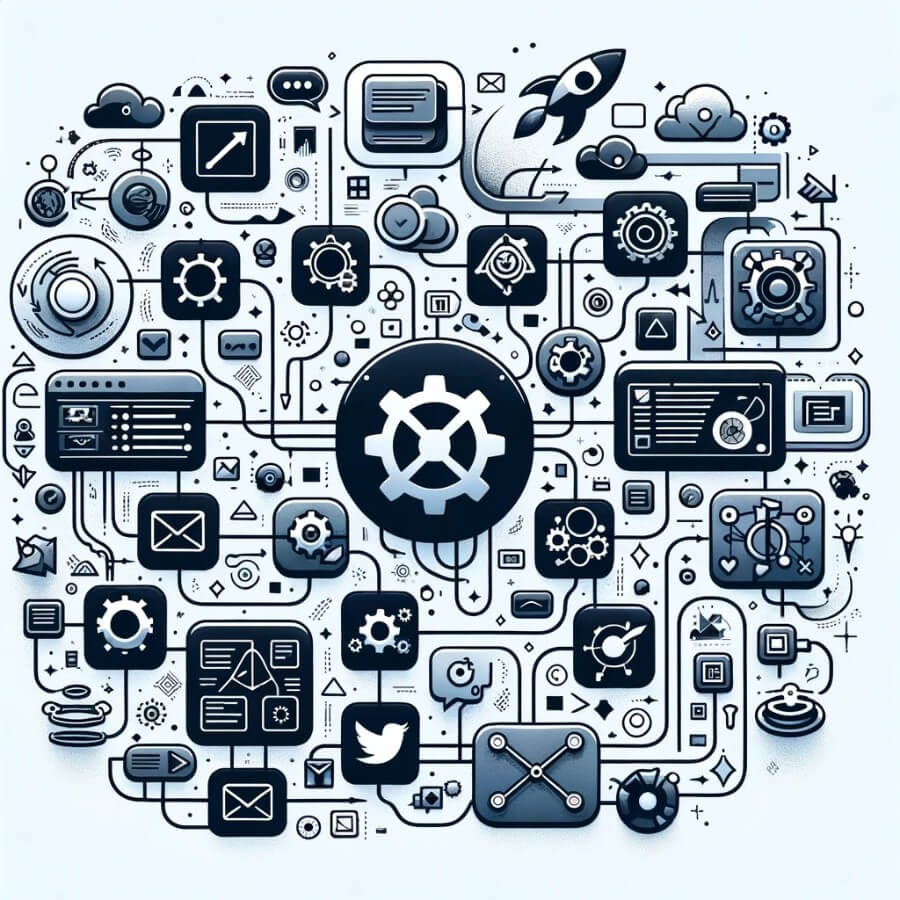
In today’s fast-paced digital world, the field of graphic design is undergoing a profound transformation. The rise of automation technologies is fundamentally changing how graphic designers work, and it’s reshaping the future of the industry. In this comprehensive article, we’ll delve deep into the evolving landscape of graphic design automation and image generation API and explore how it’s revolutionizing the way design is created and delivered.
The Evolution of Graphic Design Automation
Early Automation Tools
The journey of graphic design automation began with the advent of digital design software. Early tools like Adobe Photoshop and Illustrator paved the way for more efficient design processes. These tools allowed designers to create and manipulate images, but they were far from fully automated.
Template-Based Design
As the demand for design work increased, the need for efficiency led to the development of template-based design systems and automated image generation. Designers could now use pre-designed templates as a starting point for various projects, saving time and effort. However, these templates were still largely manual.
Machine Learning and AI
The real game-changer in graphic design automation came with the integration of machine learning and artificial intelligence (AI). Advanced algorithms can now analyze vast amounts of design data and make intelligent decisions.
Design Concept Generation: AI-powered systems can generate design concepts based on user inputs, such as keywords or themes. This automates the brainstorming phase of a project.
Color Palette Suggestions: AI can analyze images and suggest harmonious color palettes, ensuring that designs are visually appealing.
Custom Typography: Design automation tools can create custom typography, tailoring fonts to suit the mood and message of a design.
Image Manipulation: Complex image manipulation tasks, like removing backgrounds or retouching, can be automated, saving designers countless hours.
Benefits of Graphic Design Automation
Increased Efficiency
One of the most significant advantages of automation is increased efficiency. Repetitive and time-consuming tasks, such as resizing images for various platforms, can be handled by automation, freeing up designers to focus on more creative aspects of their work.
Consistency in Branding
Maintaining a consistent brand identity is crucial for businesses. Automation tools ensure that branding guidelines are followed rigorously, whether in print, web, or social media.
Cost Savings
Automation can also lead to substantial cost savings. Companies can reduce their reliance on large design teams, thus saving on labor costs. Smaller businesses can compete on a visual level with larger competitors, thanks to accessible design automation tools.
Challenges and Considerations
Creativity vs. Automation
While automation can handle many design tasks, there’s an ongoing debate about whether it can replace human creativity entirely. Designers play a critical role in guiding automated processes and infusing creativity into designs.
Quality Control
Ensuring the quality of automated designs is paramount. Designers need to set high standards and carefully review automated outputs to maintain design integrity.
Ethical and Copyright Concerns
Automation can inadvertently lead to ethical issues, such as plagiarism or copyright violations. Responsible use of automation tools and strict adherence to intellectual property rights are essential.
The Future of Graphic Design
Emerging Trends
The landscape of graphic design automation continues to evolve rapidly. Emerging trends include:
Generative Design: AI algorithms can generate design variations automatically, providing designers with a wide range of options to choose from.
Personalized Content Creation: Automation can create personalized content tailored to individual users, making marketing efforts more effective.
AI-Powered Collaboration: Future collaboration between humans and AI will be seamless, with AI assisting designers in real-time.
Conclusion
In conclusion, graphic design automation is not just a trend; it’s a transformative force that is reshaping the industry. Embracing automation tools can lead to increased efficiency, cost savings, and improved brand consistency. However, it’s essential to strike a balance between automation and human creativity to ensure the highest quality designs.
As we look to the future, graphic design will continue to evolve, with automation playing a pivotal role in its ongoing transformation. Embrace the future of graphic design, where creativity and technology go hand in hand, and where the possibilities are limitless.